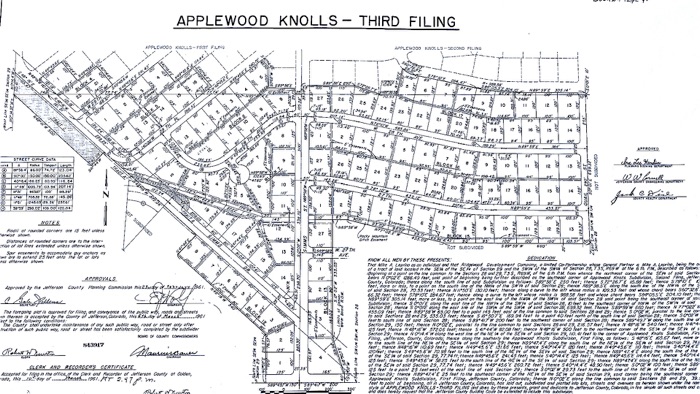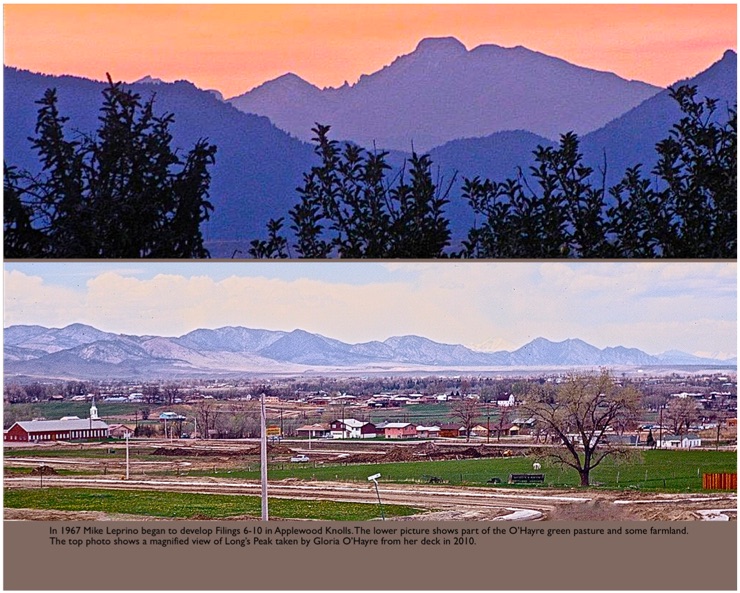BUILDING
APPLEWOOD KNOLLS

BUILDING
APPLEWOOD KNOLLS
First family O’Hayres continued to farm portions of their land while Applewood Knolls was being built.
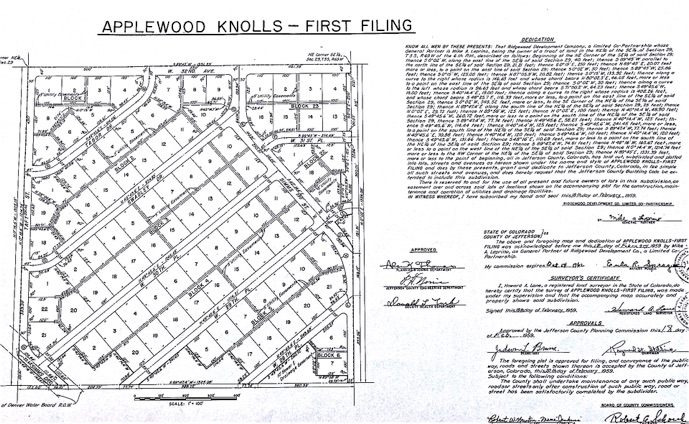

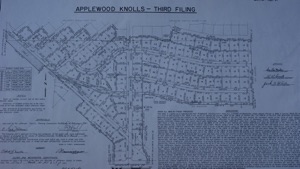
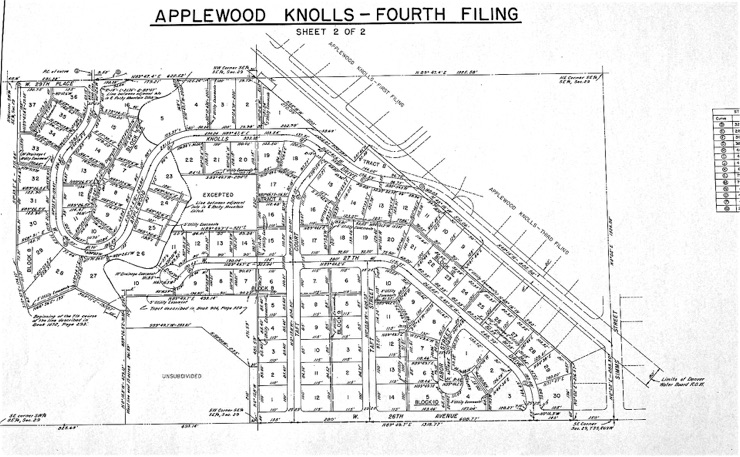
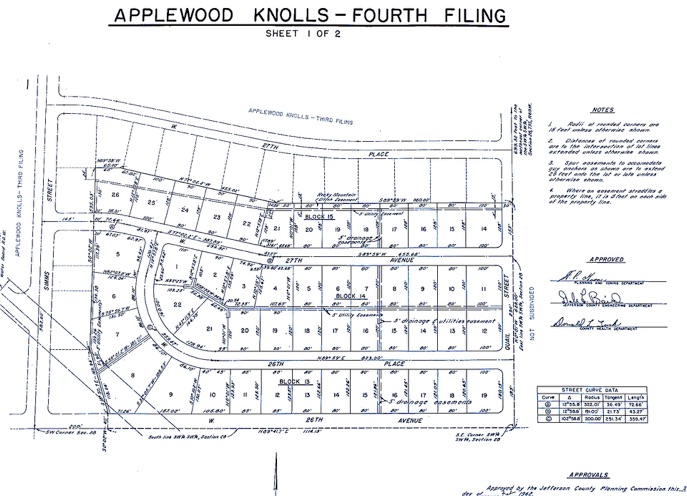
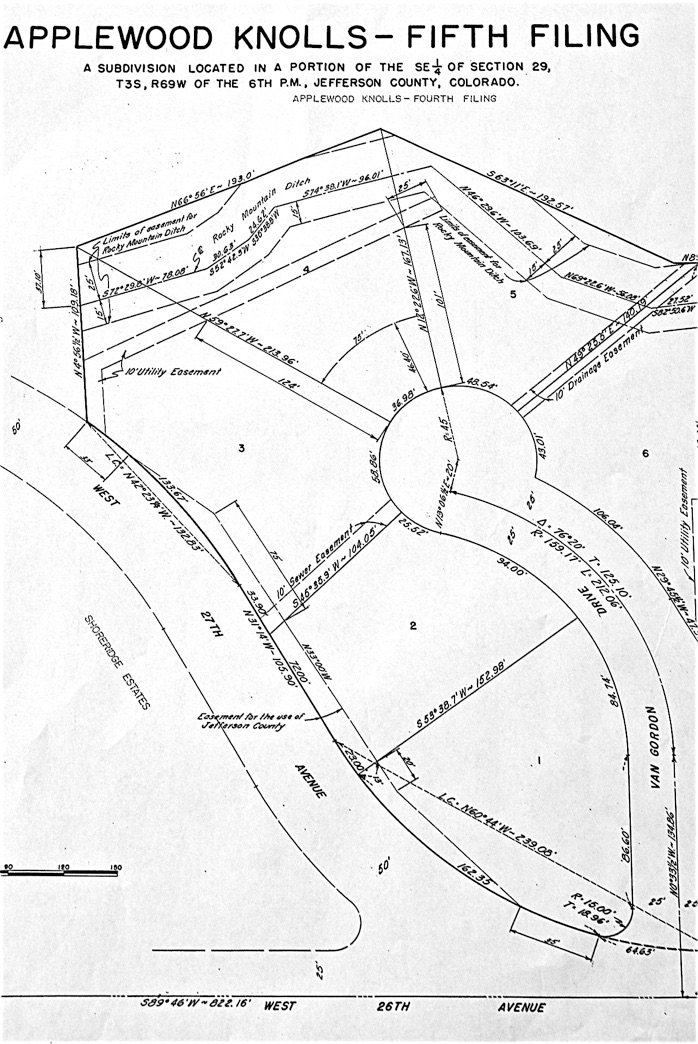
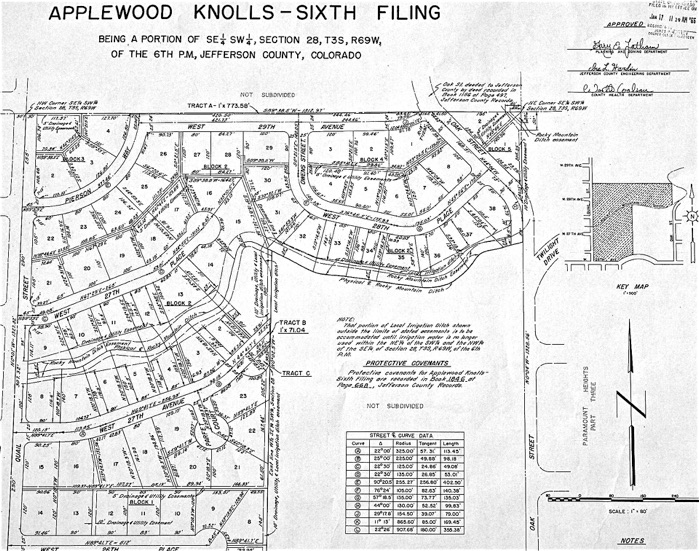
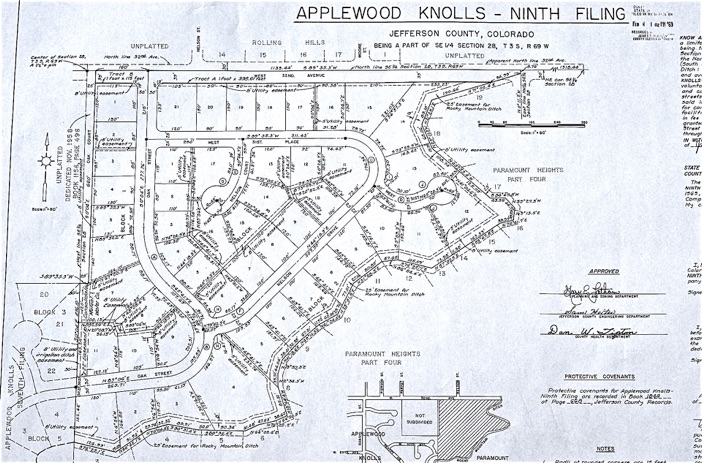

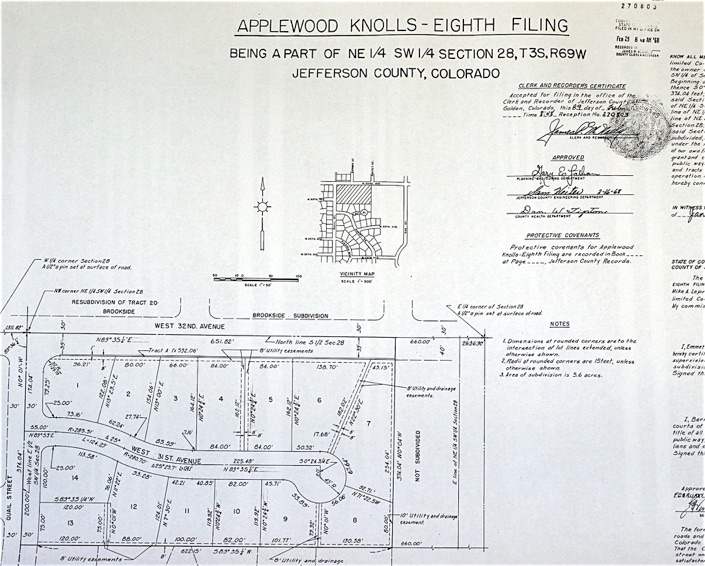
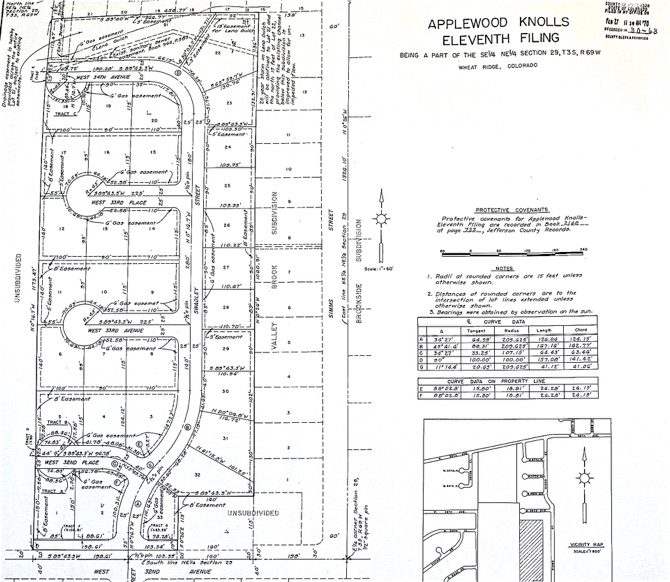


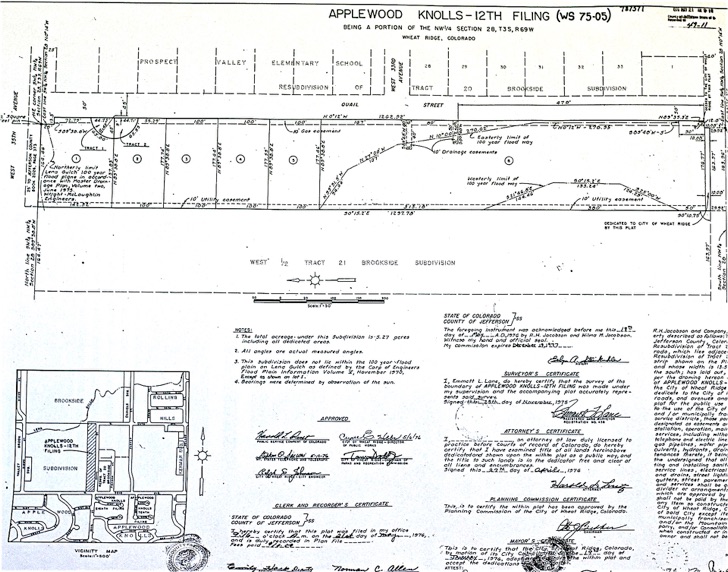
The first filing of Applewood Knolls is bound on the north by West 32nd Avenue, on the east by Simms, on the south it connects to the third filing and on the west it is bound by Taft Street. The first filing of Applewood Knolls has a total of 95 homes.

On March 15, 1960, the second filing of Applewood Knolls is bound on the north by West 32 Avenue, on the east by Quail Street, on the south side it joins the third filing and onn the west side by Simms Street. This filing includes the Applewood Baptist church, 100 houses and a recreation area, the Applewood Knolls Swim and Tennis Club.
The third filing of Applewood Knolls opened on March 10, 1961. On the north side it joins the first and second filings, on the east it is bound by Quail Street, and on the south side it connects with the fourth filing and on the west side it is bound by Simms Street. It is platted for 132 homes.
The fourth filing of Applewood Knolls is bound on the north side by 27th Place, on the east by Quail Street, on the south by 26th Avenue, and on the western edge West 29th Place and Applewood Knolls Drive. The filing is the largest, platted for 152 homes and includes protective covenants for Applewood Knolls. In addition, this area features Taft Park which has a covered picnic area, and has a footbridge across the Rocky Mountain Ditch that connects Taft Park to Applewood Knolls Drive.
The Applewood Knolls fifth filing has six large lots. The properties were arranged in cul-de-sac formation on Van Gordon. L & M Realty Company, a Colorado corporation whose president is Joan C. Leprino and whose secretary is Mike A. Leprino, are the owners of the described tract, filed February 8, 1965.
The Knolls Development Company, a limited co-partnership with general partner Michael A. Leprino, developed the sixth filing of Applewood Knolls. In January 1966, the sixth filing comprised of 75 homes with underground wiring. The filing includes a footbridge over Rocky Mountain Ditch joining Paramount Heights and Applewood Knolls three cul-de-sacs and curved, wide streets. Protective covenants for Applewood Knolls are recorded in Book 1846 of page 668, Jefferson County Records. On the north side the sixth filing is bound by 29th Avenue, on the east it is bound by Oak Street, on the south it is bound by West 26th Avenue, and on the west it connects to the third and fourth filing at Quail.
On July 10, 1967, the Knolls Development Company added the Applewood Knolls seventh filing of 86 homes that includes underground wiring with protective covenants. The seventh filing joins the eight filing on the north side, on the east it is bound by the O’Hayre property, and Oak Street, on the south side it is bound by 29th Avenue, joining the sixth filing, and on the west side it is bound by Quail Street, joining the second filing.
On February 26, 1968, the Knolls Development Company added the eighth filing of 14 homes with underground wiring, and protective covenants. On the north side it is bound by West 32nd Avenue, on the east it connects to the tenth filing, on the south it joins the seventh filing and on the west it is bound by Quail Street, the second filing.
On February 3, 1969 the Knolls Development Company added the ninth filing for 49 homes with underground wiring, mountain views on curved, wide streets with protective covenants. The ninth filing is bound by West 32nd Avenue on the north, on the east and south sides it is bound by the Rocky Mountain Ditch, and joins the seventh filing and the O’Hayre property on the West side by O’Hayre Court.
On February 27, 1970, the Knolls Development Company added the eleventh filing of 32 homes with protective covenant that includes three cul-de-sacs. This filing is located in the City of Wheat Ridge whereas all the earlier filings are located in the City of Lakewood. The eleventh filing is bound on the north by Applewood Estates, on the east Valley Brook Subdivision, the south by West 32nd Avenue, and the west by Lena Gulch.
The Applewood Knolls twelfth filing, the last, was completed on April 27, 1976. It is bound on the north by West 35th Avenue, on the east by Prospect Valley Elementary, a Jefferson County Public School at Quail Street, on the south by West 32nd Avenue and the west by Brookside subdivision. In the twelfth filing five homes and an adjacent Baptist church school with a parking lot are located in the City of Wheat Ridge.
On May 6, 1969, the Knolls Development Company added the tenth filing for 19 homes with protective covenants. This property is bound on the north by West 32nd Avenue, on the east by the O’Hayre property, and on the south it joins the seventh filing and on the west the eight filing.
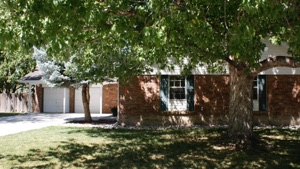
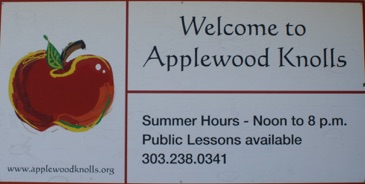

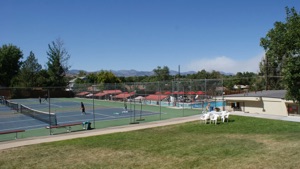

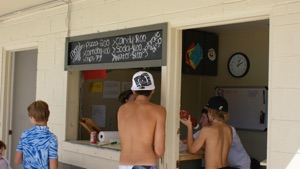
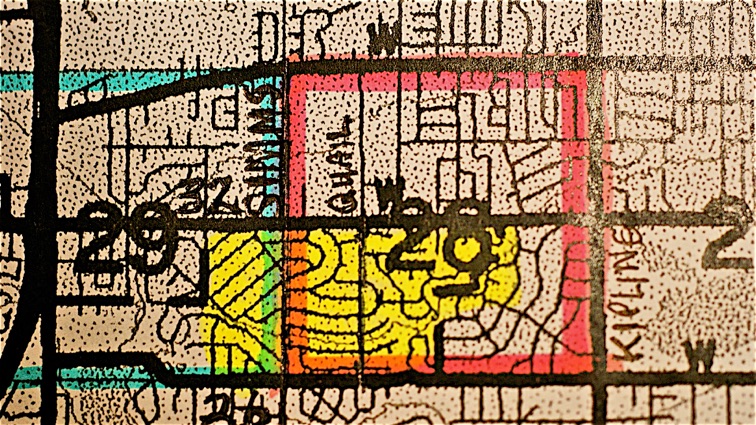

Filings 1-12

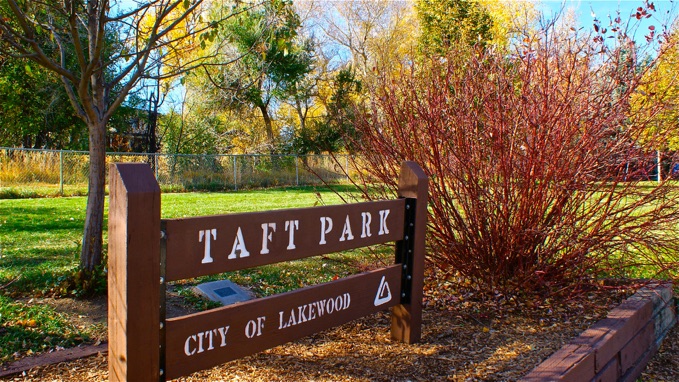




Throughout 17 years, Mike A. Leprino developed the Applewood Knolls subdivision with protective covenants that feature twelve filings, plats for 765 homes, Applewood Knolls Swim and Tennis Club, Applewood Baptist Church, Taft Park, and two footbridges over the Rocky Mountain Ditch. Children born and raised in Applewood Knolls are known to marry and raise their own children in the Applewood Knolls community.
Clearly, Applewood Knolls is a caring community that has been able to retain its value over the years. People maintain their homes, enjoy their gardens, send their children to highly qualified Jefferson County Schools, know their neighbors and appreciate their community.
Gloria O’Hayre is riding an Arabian horse in the O’Hayre alfalfa fields.
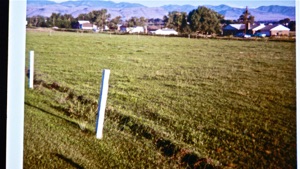
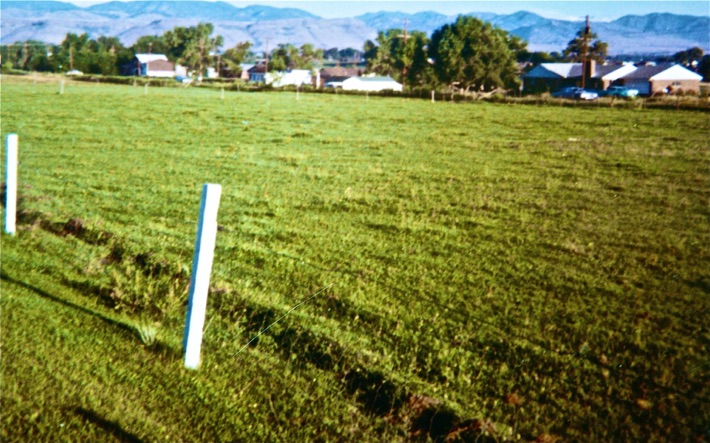



Photo by Gloria O’Hayre
Sunset overlooking the tenth filing in Applewood Knolls


Snowcapped Long’s Peak can be seen clearly as dawn breaks in Applewood Knolls during its first winter for the newly completed homes.
The O’Hayre pastureland and hayfields came before the tenth filing of Applewood Knolls.
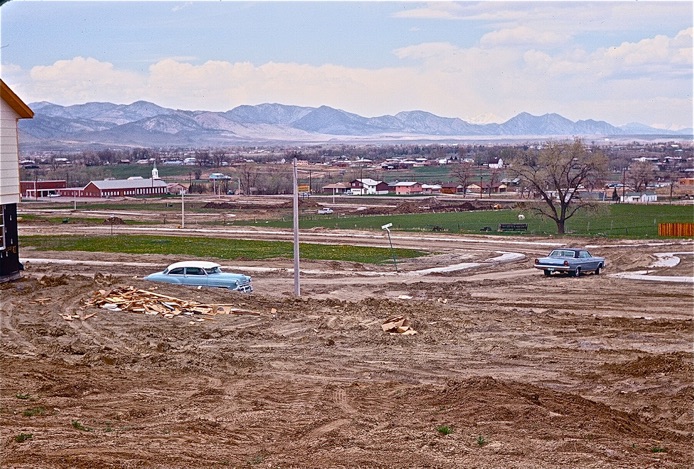
Long before Applewood Knolls was built, the area was known for its many fine apple and cherry orchards.
This footbridge is an Applewood Knolls landmark. It is located in the sixth filing where it crosses the Rocky Mountain Ditch joining the subdivisions of Paramount Heights with Applewood Knolls. The footbridge is the established meeting place for the annual Independence Day parade.
Photo donated by Irene and Ellis Jones
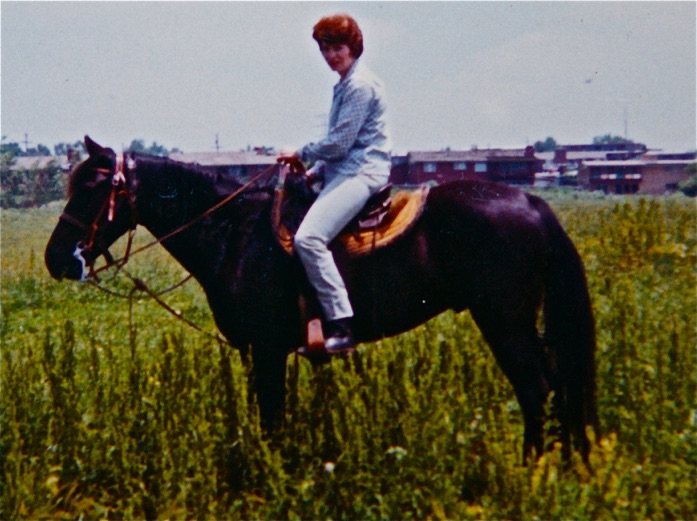
The photograph above shows construction has begun for the eighth filing, 1968.
Photo donated by Irene and Ellis Jones
The Rocky Mountain Ditch flows through the Applewood Knolls land from the west and is the boundary for the eastern edge of the ninth filing in Applewood Knolls.
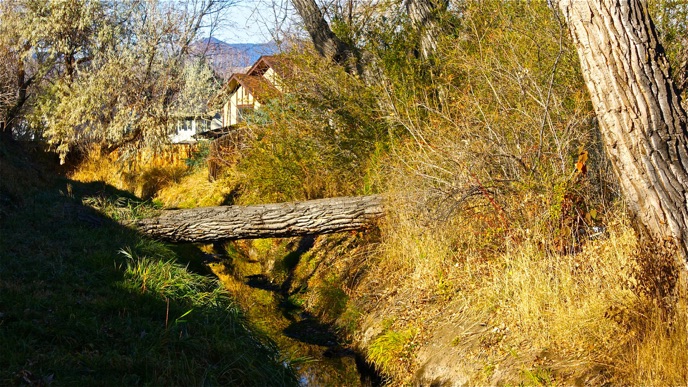
Photo by Gloria O’Hayre
Prospect Valley Elementary School
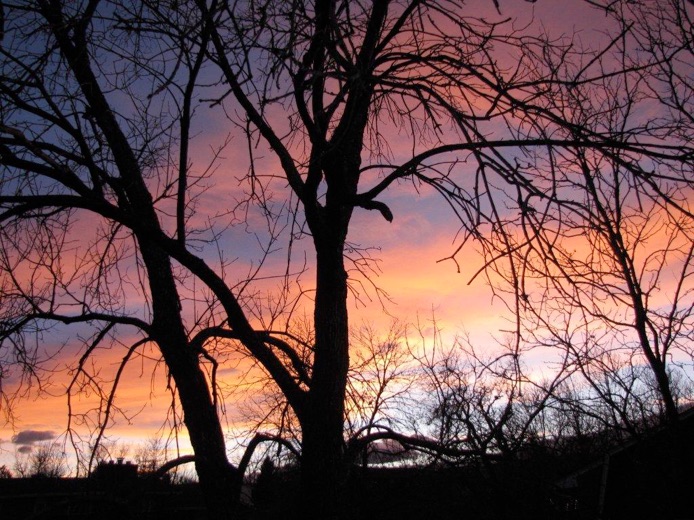
Gloria O’Hayre took the above picture overlooking the seventh filing.
Photo by Gloria O’Hayre
Acknowledgements
Many thanks to Gloria O’Hayre, family historian, and her brother Leonard O’Hayre for providing documents, photographs, and stories that span well over a century in time. The Applewood Knolls website pages provide Applewood Knolls residents a greater appreciation and understanding of the land where people now live.
Thanks to Sandy Chapman for her editing excellence.
Thanks to the Jefferson County Courthouse for providing copies of maps, surveys and protective covenants for Applewood Knolls filings 1-12. JG
BUILDING
APPLEWOOD KNOLLS
© 2010
Photographs and text cannot be used without permission from Judith Girard and Gloria O’Hayre.
Photo by Judi Girard
Photo by Judi Girard
Photo by Judi Girard
Photo by Judi Girard
Photos by Judi Girard
Photo by Judi Girard
Photo donated by Irene and Ellis Jones
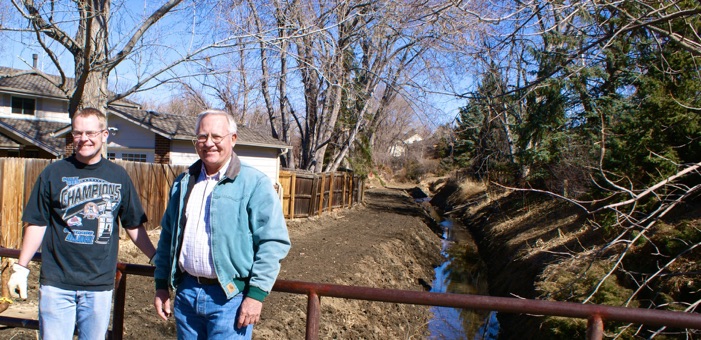
Director Wade Islam and Assistant Nate McCoy of the Rocky Mountain Ditch are in charge of maintaining the Ditch that runs through Applewood Knolls.
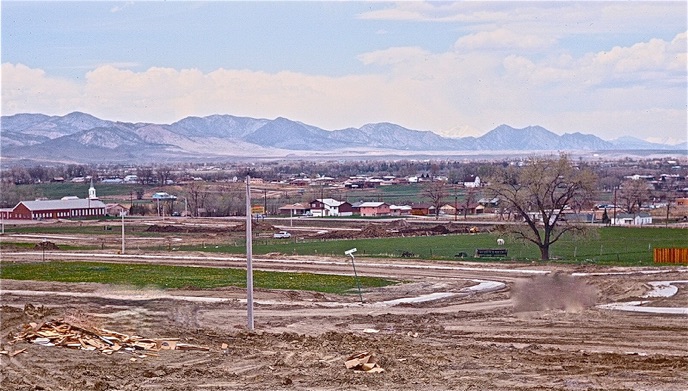
Mike A. Leprino the founder of Applewood Knolls had a vision for creating a model subdivision including 765 homes, the Applewood Knolls Swim and Tennis Club, Taft Park with a picnic and play area and two footbridges crossing over the Rocky Mountain Ditch. One footbridge is located on the west side by Applewood Knolls Drive and the other footbridge is off of Oak Street located on the east side of Applewood Knolls. Mike started the first filing on February 27, 1959, and signed the final filing dated April 27, 1976 to create Applewood Knolls as we know it today.

Photo by Gloria O’Hayre
